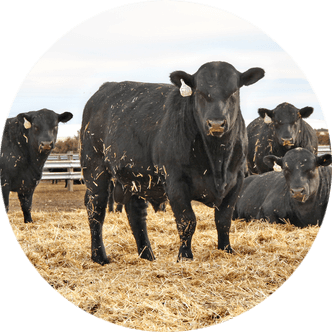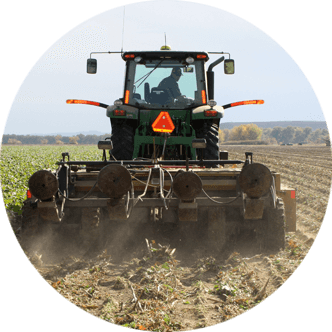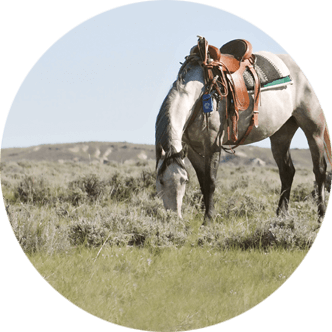Introducing Fremont County: Across pastures and peaks, agriculture in Fremont County prospers
The Wyoming Livestock Roundup is excited to highlight farms, ranches and agribusinesses of Fremont County in our 2025 Fall Cattlemen’s Edition.
Stretching across 9,183.6 square miles of mountains, valleys and rangelands, Fremont County boasts the second-largest land mass of Wyoming’s 23 counties behind Sweetwater County.
With just under 40,000 residents, which equates to fewer than four people per square mile, Fremont remains one of Wyoming’s most rural counties, and this rural character drives much of the local economy – agriculture in particular.
Landscape and climate
Fremont County’s landscape can only be described as dramatic. Rising from the sprawling sagebrush steppes near Riverton at elevations of about 4,900 feet to Gannett Peak – Wyoming’s tallest summit at 13,804 feet – the county encompasses everything from fertile riparian areas to the snow-capped peaks of the Wind River Mountain Range.
Additionally, the Wind River and its tributaries snake through Fremont County, carrying snowmelt and glacial runoff to supply irrigation water for local farms and ranches, which is critical for producers in this semi-arid climate.
In fact, much of Fremont County receives just 10 to 15 inches of annual precipitation, and the growing season is short with just 100 to 150 frost-free days a year in lower valleys and even fewer at higher elevations.
Hot, dry summers and long, cold winters limit the types of crops which thrive in Fremont County, although these conditions also contribute to some of the highest-quality hay and forage grown in Wyoming.
Ranching dominates the agricultural landscape, with cattle and sheep operations dotting the rangelands. On irrigated lands, producers mostly grow alfalfa and grass hay, with smaller acreages planted with barley, oats, sugarbeets and dry beans.
Fremont County ag stats
Per the most recent U.S. Department of Agriculture’s (USDA) Census of Agriculture, published in 2022, Fremont County is home to 987 farms, and land in farms totals 1,203,097 acres.
Of the county’s agricultural land, 1,052,549 acres are classified as pastureland, 109,749 acres are classified as cropland and 10,556 acres are classified as woodland.
Eight percent of land in farms – or 101,050 acres – are irrigated.
According to the USDA, all hay and haylage, at 73,410 acres, is the number one crop grown in the area, followed by barley for grain at 2,591 acres, corn for grain at 2,149 acres, corn for silage and greenchop at 1,987 acres and sugarbeets for sugar at 1,160 acres.
At 85,784 head, cattle and calves dominate the county’s livestock inventory. Sheep are second in the running at 15,739 head.
The rest of the county’s livestock inventory includes 5,414 horses and ponies, 915 goats, 30 hogs and pigs, 2,899 layers, 222 pullets, 480 broilers and other meat-type chickens and 93 turkeys.
Additionally, USDA reports Fremont County accounts for six percent of the entire state’s agricultural sales, with the total market value of agriculture products sold topping $98.9 million.
The majority of these sales – 69 percent – comes from livestock, poultry and other animal products at $68.6 million, while the remaining 31 percent, or $30.3 million, comes from the sale of crops.
State rankings
According to the 2022 Census of Agriculture, Fremont County ranks in the state’s top 10 of nearly all agricultural products grown and raised here.
The county ranks first in production of fruits, tree nuts, berries, nursery, greenhouse, floriculture and sod; second in vegetables, melons, potatoes and sweet potatoes; third in milk from cows and fourth in hay, poultry and eggs.
Fremont County ranks fifth in the state for cattle, calves and all crops; sixth in livestock, poultry and byproducts and seventh in aquaculture and grains, oilseeds, dry beans and dry peas.
Additionally the county ranks eighth in Wyoming for sheep, goats, wool, mohair and milk, as well as horses, ponies, mules, burros and donkeys.
Hannah Bugas is the managing editor of the Wyoming Livestock Roundup. Send comments on this article to roundup@wylr.net.





